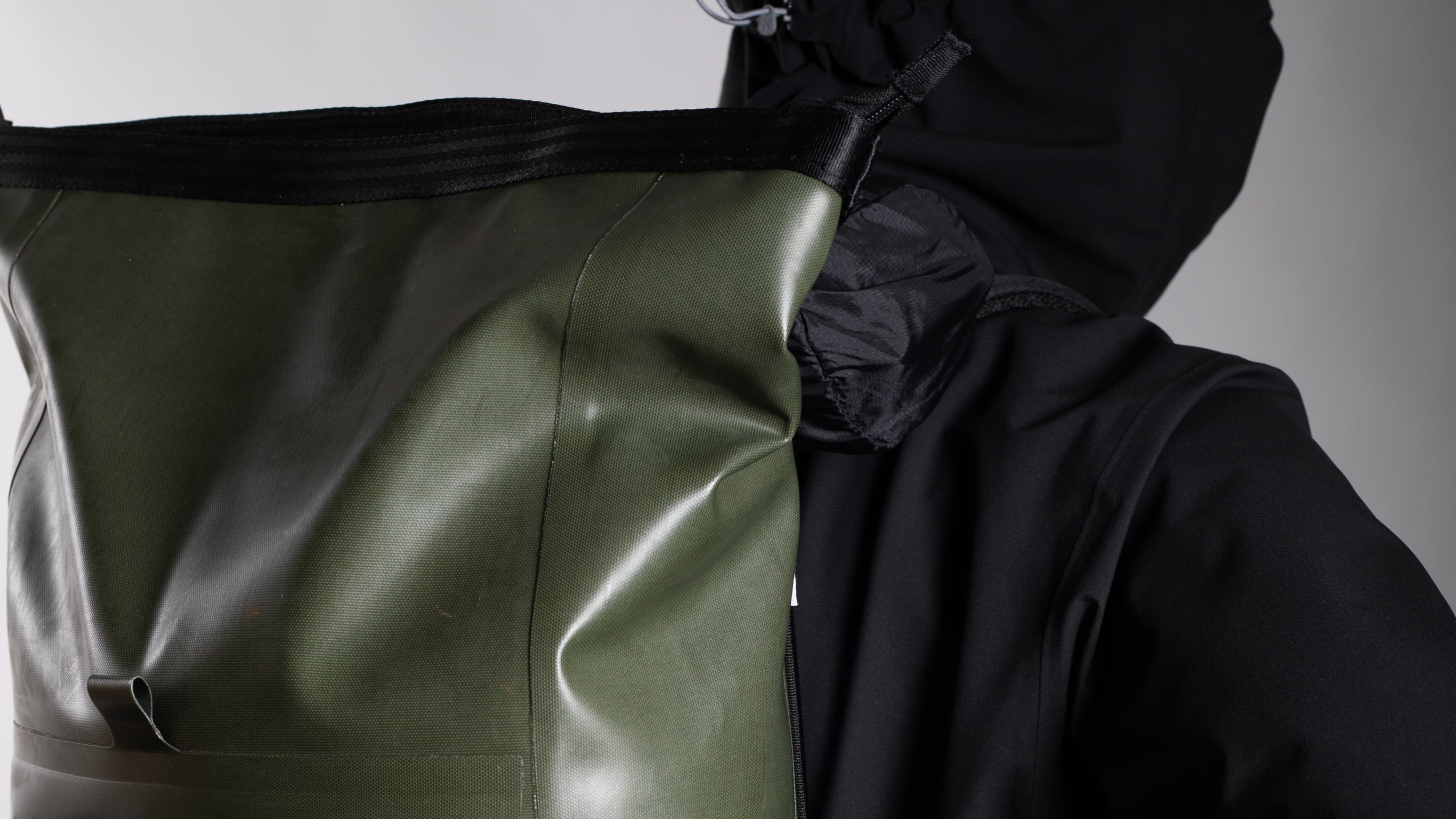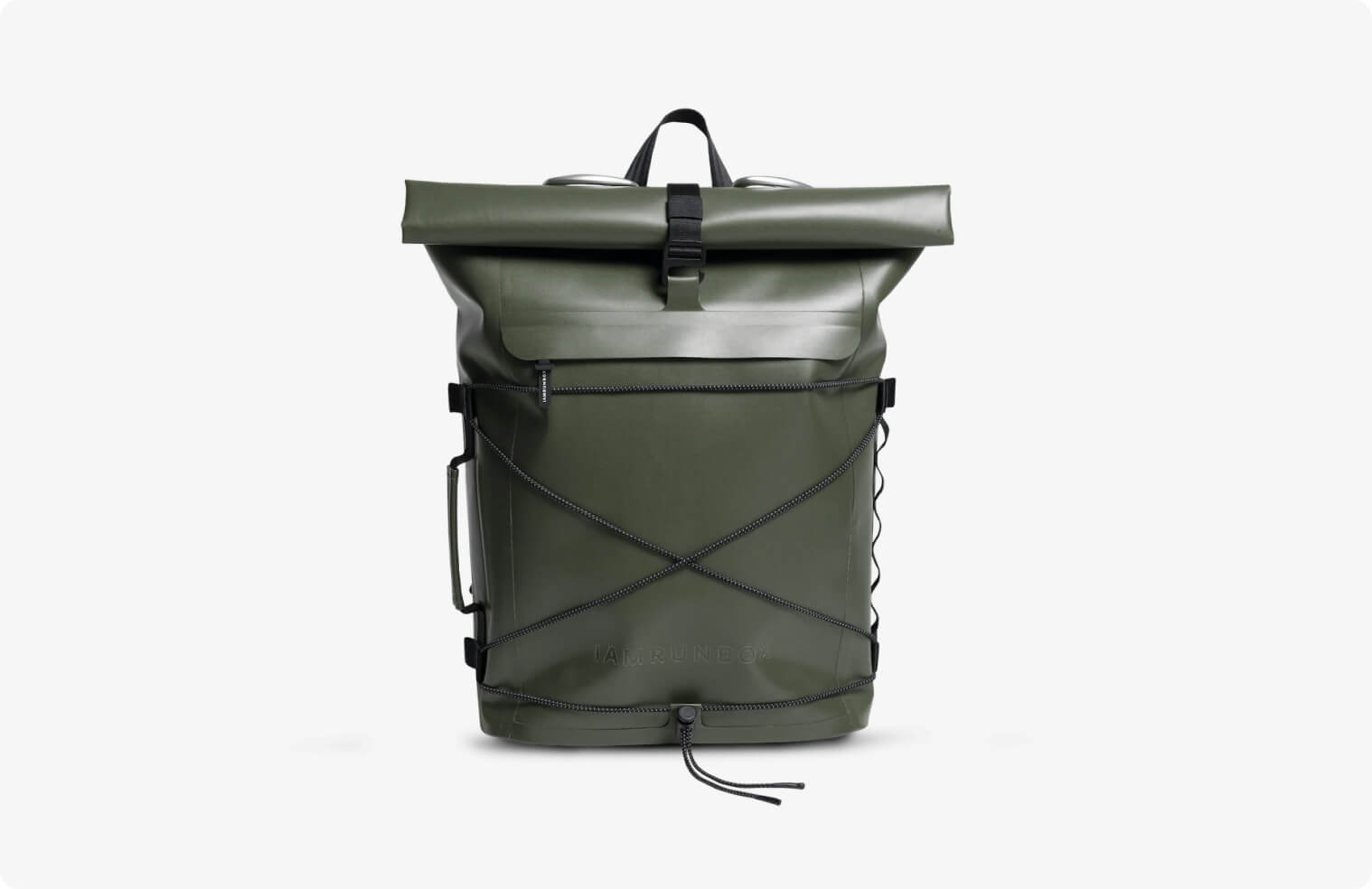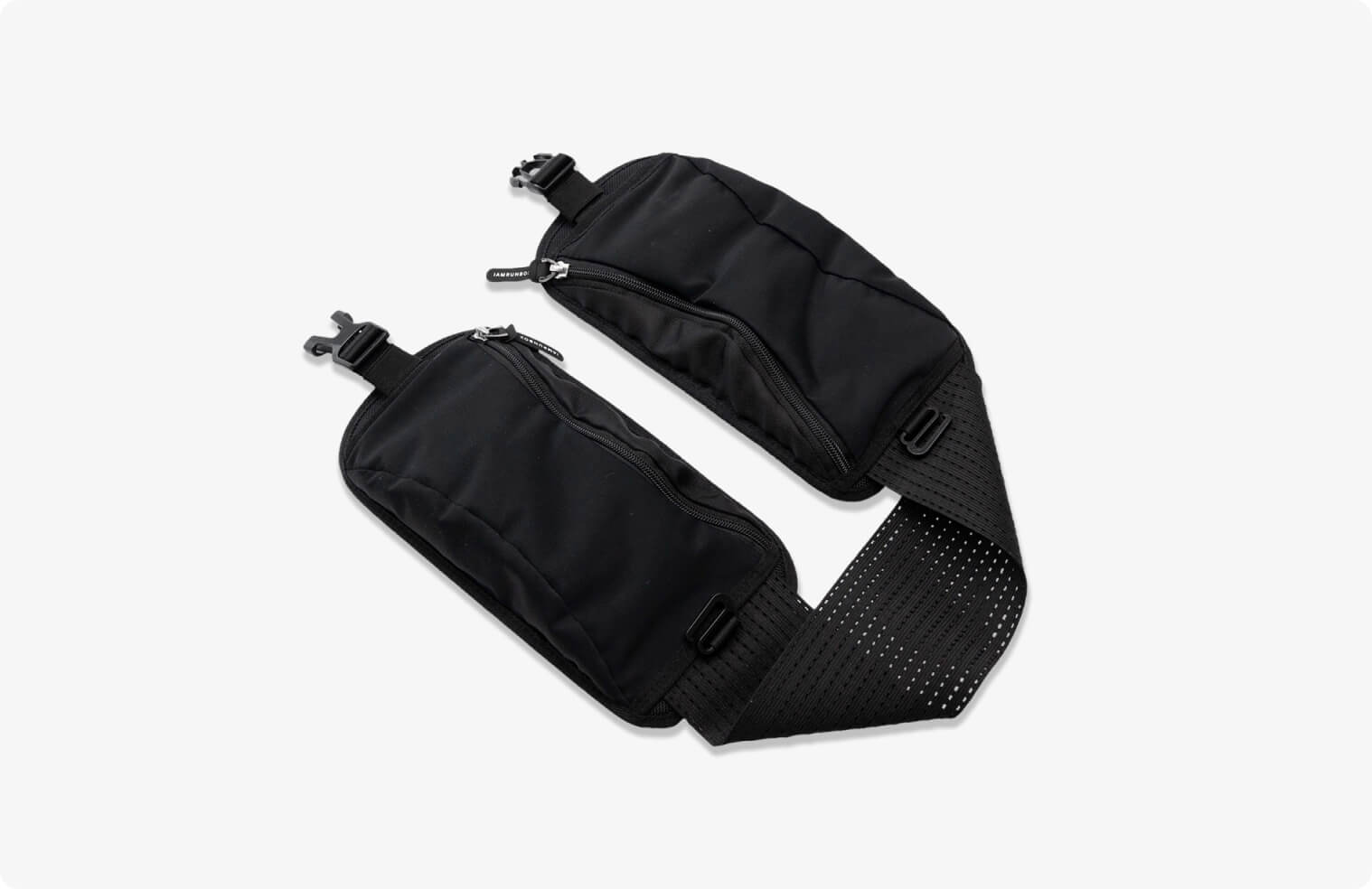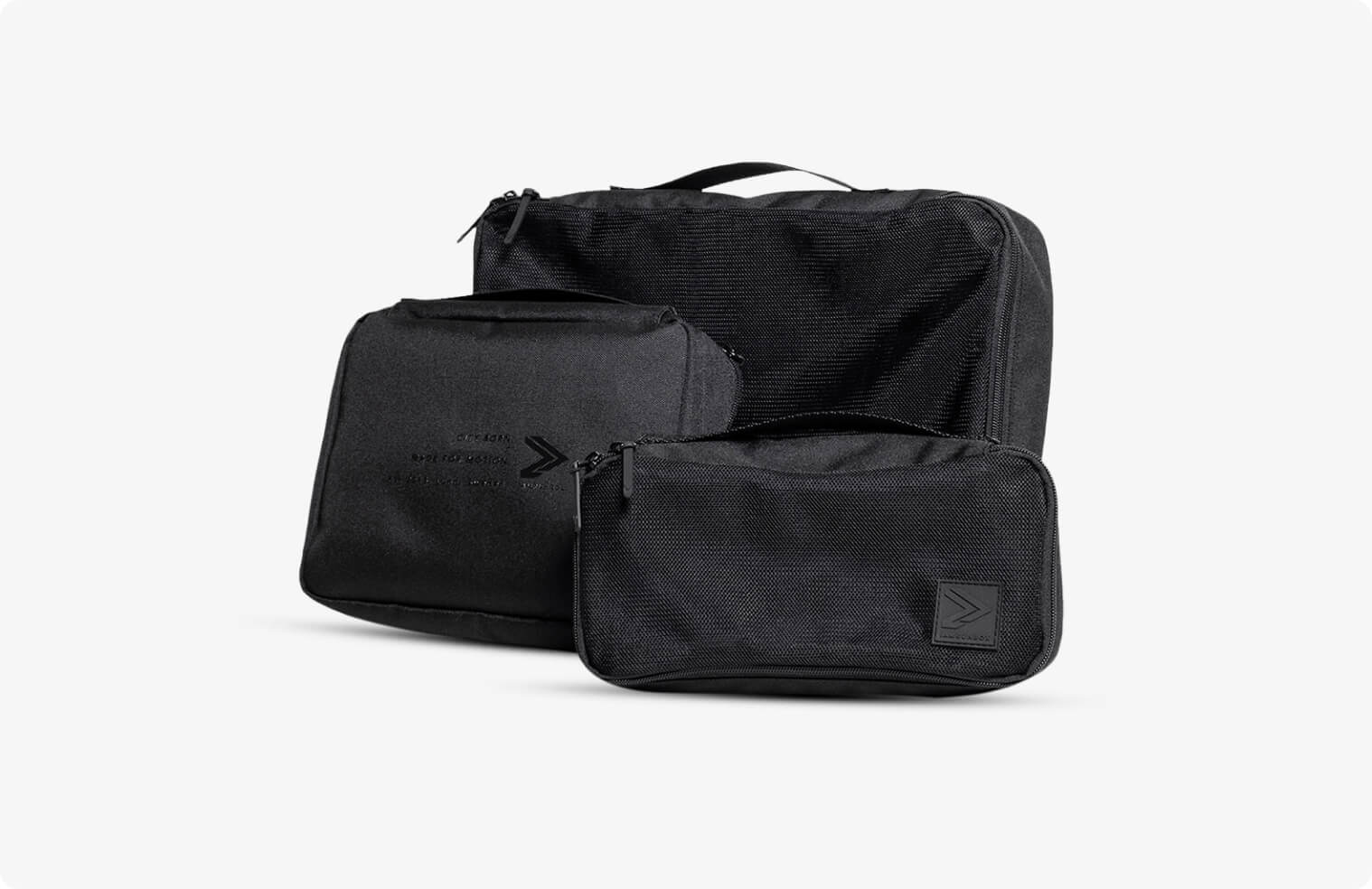
Rocking Rucking
…and how to grow strength in your everyday movement
Hiking or running with weight on your back? This growing trend might be yesterday’s paper for you and me, but it’s still worth embracing and investigating more. Here’s a little brief on what the buzz has been about.

Rucking
Rucksack + marching = rucking. Shortly described as a “Low Intensity Interval training workout that involves walking with a weighted rucksack for a set distance”. The thing itself is not new really, but as a specific sports activity it’s definitely ultramodern. This increasingly popular form of cardio exercise is growing by the minute.
Boot camp background
Rucking or ruck marching is internationally fundamental in military training, as soldiers must be able to carry heavy loads of supplies for long distances. It is a total body workout, where practically every muscle from head to toe is involved. The extra weight forces your muscles to work harder to maintain your balance and pace, which naturally leads to the strengthening of both heart and lungs, better endurance as well as a better posture. Plus, this LISS workout (Low Intensity Steady-State) accelerates calorie burn (if that info floats your boat).

How to get started
1. No biggie Wanna try it out? No real prep is needed. It’s free and flexible. As long as you have a backpack and know how to walk - you are good to go. Ask a friend to tag along, join a local rucking group, prepare with your favorite podcast or simply enjoy the sounds of your surroundings.
2. Equipment As mentioned above, you can basically use any pack, but some are better than others in the long run. If you get hooked on rucking it might be worth investing in something more ergonomic. Most important details are:
- Shoulder straps that are medium wide (7-8 cm), preferably S-shaped and padded. We have a lot of sensitive nerves around the neck area that need protection.
- Sternum strap that keeps the shoulder straps fixed. Place it around 3 cm down from your collar bone. This allows you to pull your shoulders back while walking, leading to a better posture.
- Hip belt or waist belt that can pull the load tight against your body. Worn right, a hip belt can carry 60-80 % of the total load. The steadier the better.
- A padded back panel for better support and experience. Preferably with air-flow channels.
- No sagging! Snug the pack to your body and place it centered on your back, to avoid putting disproportionate pressure on your joints and nerves.
To learn more - swing by our Ergonomics page.
2. Equipment As mentioned above, you can basically use any pack, but some are better than others in the long run. If you get hooked on rucking it might be worth investing in something more ergonomic. Most important details are:
- Shoulder straps that are medium wide (7-8 cm), preferably S-shaped and padded. We have a lot of sensitive nerves around the neck area that need protection.
- Sternum strap that keeps the shoulder straps fixed. Place it around 3 cm down from your collar bone. This allows you to pull your shoulders back while walking, leading to a better posture.
- Hip belt or waist belt that can pull the load tight against your body. Worn right, a hip belt can carry 60-80 % of the total load. The steadier the better.
- A padded back panel for better support and experience. Preferably with air-flow channels.
- No sagging! Snug the pack to your body and place it centered on your back, to avoid putting disproportionate pressure on your joints and nerves.
To learn more - swing by our Ergonomics page.

3. A gentle start Start easy and don’t overpack! Ideally, place the weight high in the back to minimize strain on your lower back. Put the lightest things at the bottom and the heavier stuff at top. Maximum load for the rucker beginner is 10% of your body weight. Slowly work your way up to carrying 25% of your body weight. This might take weeks and even months. Listen to your body to avoid unforeseen injuries.
4. Set the distance Be realistic and start with something manageable. If you haven’t exercised too much lately, 1km or 15-20 minutes once or twice a week could be enough to analyze equipment and overall feel. Gradually work your way up from there by adding to the distance or to the minutes. Consider yourself an athlete? It’s still good to start slow since this is a Low Intensity Interval training that gives results over time. But as it may be, you can pick a longer distance to begin with.
4. Set the distance Be realistic and start with something manageable. If you haven’t exercised too much lately, 1km or 15-20 minutes once or twice a week could be enough to analyze equipment and overall feel. Gradually work your way up from there by adding to the distance or to the minutes. Consider yourself an athlete? It’s still good to start slow since this is a Low Intensity Interval training that gives results over time. But as it may be, you can pick a longer distance to begin with.


5. Plan for rucking and recovery Just as muscle stress is necessary for growth and stamina - muscle recovery is key for endurance. You need to give yourself enough time to rest in order to build a healthy body and mind. How you rest however could of course matter. It’s always a good idea to move your body. A slow walk without load could be more beneficial than binging streaming services.
Experienced ruckers limit rucking to twice a week and do other forms of training in between. Repeating the same exercise too often leads to overtraining and injury over time. Common rucking injuries are burning pain in the shoulder, lower back and neck.
Adding to that, this study recommends soldiers to perform only one ruck march every 10–14 days.
Experienced ruckers limit rucking to twice a week and do other forms of training in between. Repeating the same exercise too often leads to overtraining and injury over time. Common rucking injuries are burning pain in the shoulder, lower back and neck.
Adding to that, this study recommends soldiers to perform only one ruck march every 10–14 days.

Running Rucking?
What about running with a heavy load? This is what we love to do at IAMRUNBOX.
But there’s one fact that can’t be stressed too much: several studies show that the weight of your backpack should not exceed 10-15 % of your body weight. We echo that! After 8 years of working with running products, we have gotten our fair share of experience.
Running with a weighted backpack puts a massive lot of strain on your joints and nerves, and if not done right it might lead to a deep-rooted injury in the future. This is why we sometimes want to stop people on the street, running with packs that are clearly not made for running.
If you want to read more - visit our backpack site and why not combine run commuting with rucking to get to know your body better!?
But there’s one fact that can’t be stressed too much: several studies show that the weight of your backpack should not exceed 10-15 % of your body weight. We echo that! After 8 years of working with running products, we have gotten our fair share of experience.
Running with a weighted backpack puts a massive lot of strain on your joints and nerves, and if not done right it might lead to a deep-rooted injury in the future. This is why we sometimes want to stop people on the street, running with packs that are clearly not made for running.
If you want to read more - visit our backpack site and why not combine run commuting with rucking to get to know your body better!?
Wanna be a ruckstar?
If you are really stoked on this rucking thing, set the ultimate long term target inspired by our beautiful neighbor Norway. The Norwegian foot march by the Norwegian Embassy was first held in 1915 as a test of marching endurance for soldiers in the Norwegian Military. This globally well known test consists of a 30km/18.6mile dirt road march with a rucksack containing 11kg (24 pounds) and nowadays you can do it from all over the world. Find your local certified event organizer and get that awe-inspiring badge. Ruck on!



